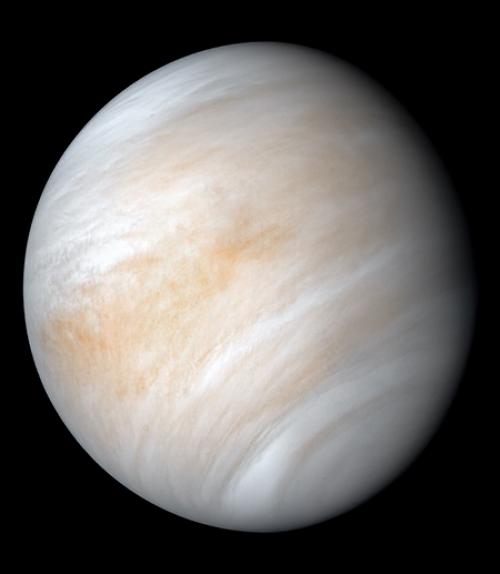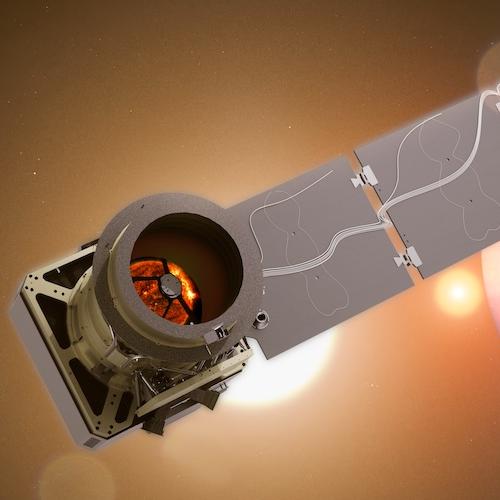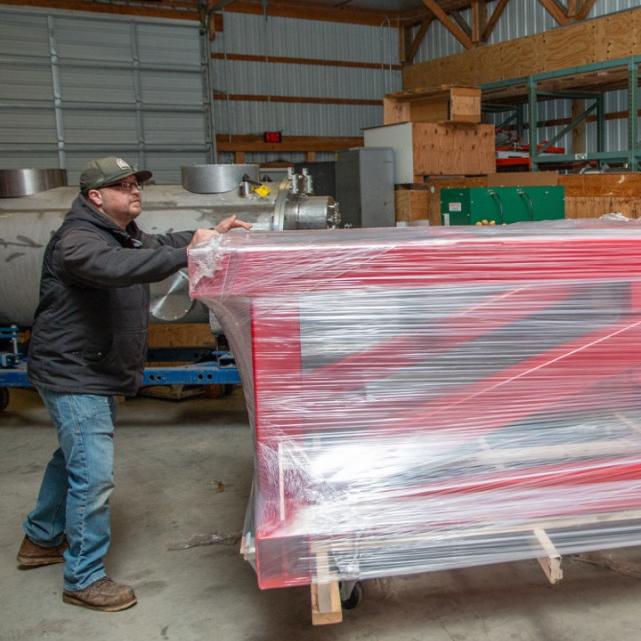
 Department Homepage
Department Homepage
Ancient ocean, meteorites could have seeded life in Venusian clouds
An international team of researchers has discovered the presence of the chemical compound phosphine in the atmosphere of Venus — a discovery that could indicate some form of life on the hot planet. They describe their findings in the journal Nature Astronomy.




